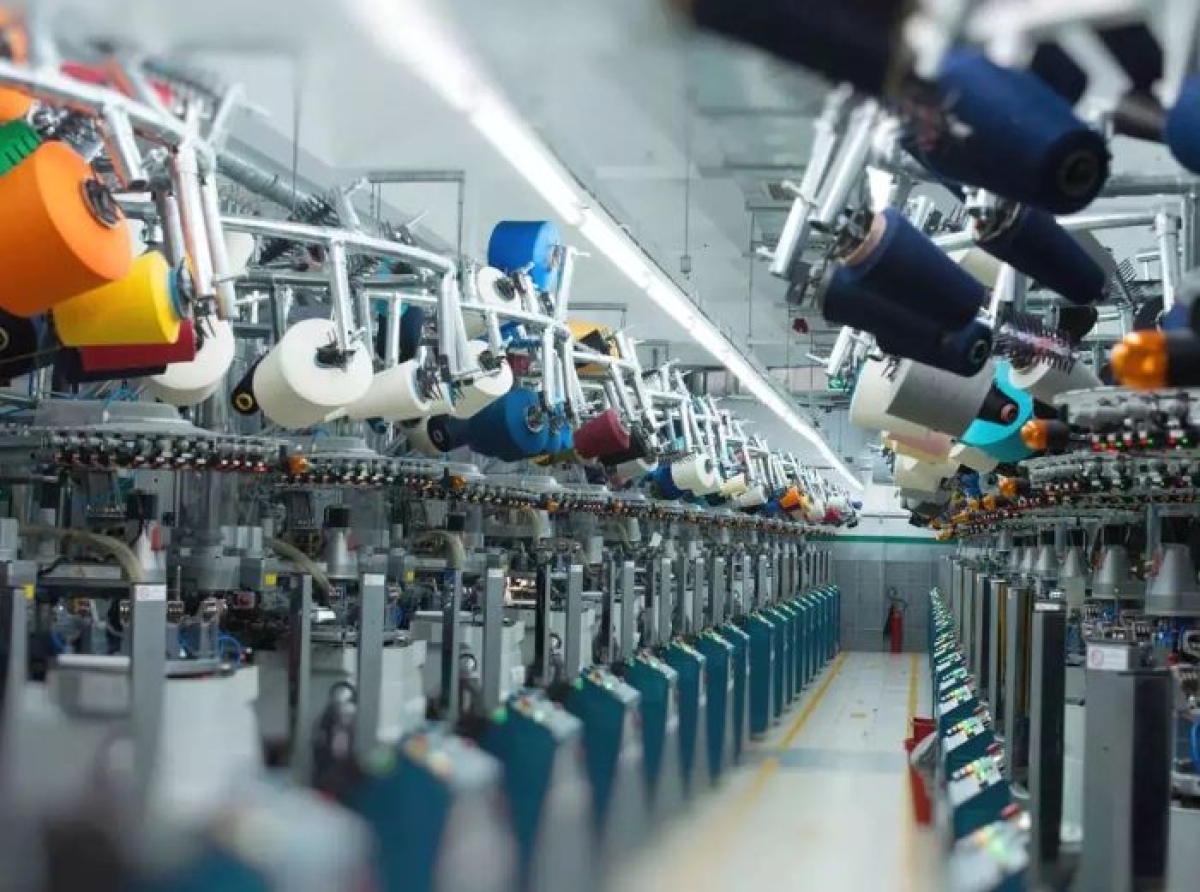Indian Apparel industry grappling with inflationary pressures

01 April 2023, Mumbai
India's textile and clothing sector (T&C) is taking a significant hit due to the downturn in the world economy and the decline in international commerce. The business depends significantly on established markets like the US and the European Union (EU), and exports to these nations have been steadily declining since July 2022.
According to the Indian Ministry of Commerce and Industry, India exported textile and apparel products worth $22.33 billion in the first half of 2022. Still, that amount dropped to $16.21 billion in the next half of the year, a decrease of 27.40%.
Prices in the US increased by 5.4% year over year in January 2023, while the core inflation measure increased by 4.7%. Inflation rates in the US and EU economies are rising. Core price increases in Europe reached a record-breaking high of 5.3%.
To solve the problem, central banks have raised interest rates, which might harm investment. High energy costs are increasing the inflationary pressures for consumers and businesses.
Also, because inflation is rising faster than nominal wage growth, consumption may continue to be sluggish in the short run impacting industry profitability and sustainability.
The innovation and market history
The radical innovation, shifting markets, developing supply chains, and distribution methods that characterize India's textile and apparel sector are all signs that the industry is progressively moving towards ethical and sustainable manufacturing.
The potential for this second-largest business to quadruple its current 5% share of global commerce over the next five years is enormous. India's strengths include traditionally produced textiles and natural fibers, ranking first in the world for cotton production and second for polyester and silk.
Due to its ability to adapt, this industry—often called a change agent—alone can provide 70 employment for every INR 1 crore ($ 132,426) invested, as opposed to the 12 jobs produced on average in other industries. An in-depth analysis of India's textile and clothing industry is provided in this research, along with suggestions for maximizing its growth potential.
Present market conditions
Industry's Inflationary Challenges; India's apparel exports to the US decreased by 23.94% to $4.70 billion from $6.18 billion from January to June 2022, a drop of 23.94%. Similarly, according to TexPro, a market analysis tool from Fibre2Fashion, India's export to the EU-27 nations fell by 24.54 percent to $3.29 billion in the second half of 2022 from $4.36 billion from January to June 2022. Since July 2022, exports to these areas have steadily dropped, with a slight boost in November and December—possibly because of the holiday season. In 2023, the decline in India's exports of textiles and clothing is predicted to continue, raising the likelihood of layoffs in a sector that employs over 45 million people.
Cause & effect
The million-dollar question is if a cost-benefit analysis has been done?
Indian fashion sector faces cost hikes from raw materials to transport; Indian Apparel industry stares at mounting challenges today on account of elevated costs of raw materials, transportation/logistics, and labor, resulting in increasing prices and contracting profitability forcing the industry to brace for adopting cost-cutting initiatives and discovering credible sourcing options to reduce/mitigate the ill effect of biting-inflation staying competitive & relevant.
Textile manufacturers struggle with inflationary trends; What is business imperative against the background of global growth facing the trilemma of many parts of the world staring at recession, hot red inflation & elevated interest rates exploring sustainable raw material sourcing, enhancing operational efficiency, and rightly investing in emerging technology could help the industry manage with inflationary pressures and maintain sustainable profitability making the world a much more difficult place.
Global view
Higher costs squeeze margins for Indian apparel makers; Diversifying the supply chain, exploring alternative materials, embracing sustainable practices, improving logistics, and adopting digital solutions can help the global apparel industry tackle inflationary pressures and stay competitive in a changing market.
The global textile industry is grappling persistently with inflationary pressures leading to rising prices of raw materials, shipping/freight, and labor, resulting in a spurt in costs and potential supply chain disruptions.
Cost pressures strain Indian apparel
Rising costs put the Indian Apparel industry under pressure; An up to 80% spurt in cotton prices in the past year has pressured the margins of textile and garment firms.
This, combined with the persistent inflationary forces T&A sector has been hit hard by job losses and rising living, as the inflation starts to bite common more than anybody else at this juncture and potentially hurting the demand, especially for non-discretionary items given that the Russia-Ukraine war end is not in sight.
Inflation threatens the growth of India's textile industry; Therefore, depreciation raises the price of cotton and yarn in Rupees. They also note that cotton yarn is more affordable in Bangladesh than in India due to reduced utility costs.
Additionally, the stronger greenback/USD poses mounting price pressure on other facets of the business too making importing machinery much more expensive hurting business interests.
























